Search
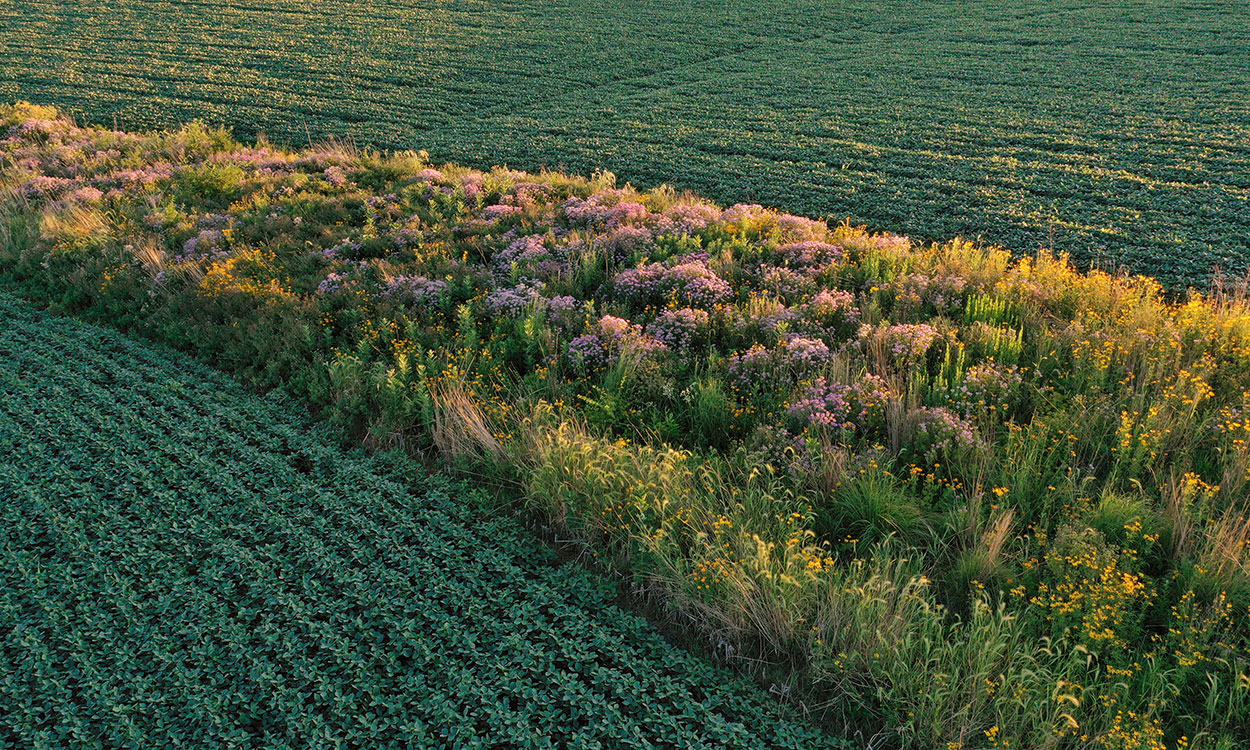
Using Prairie Strips To Protect South Dakota Water
Prairie strips are a new continuous Conservation Reserve Program practice that integrates native prairie plantings oriented linearly within a row crop field to reduce soil erosion and runoff.
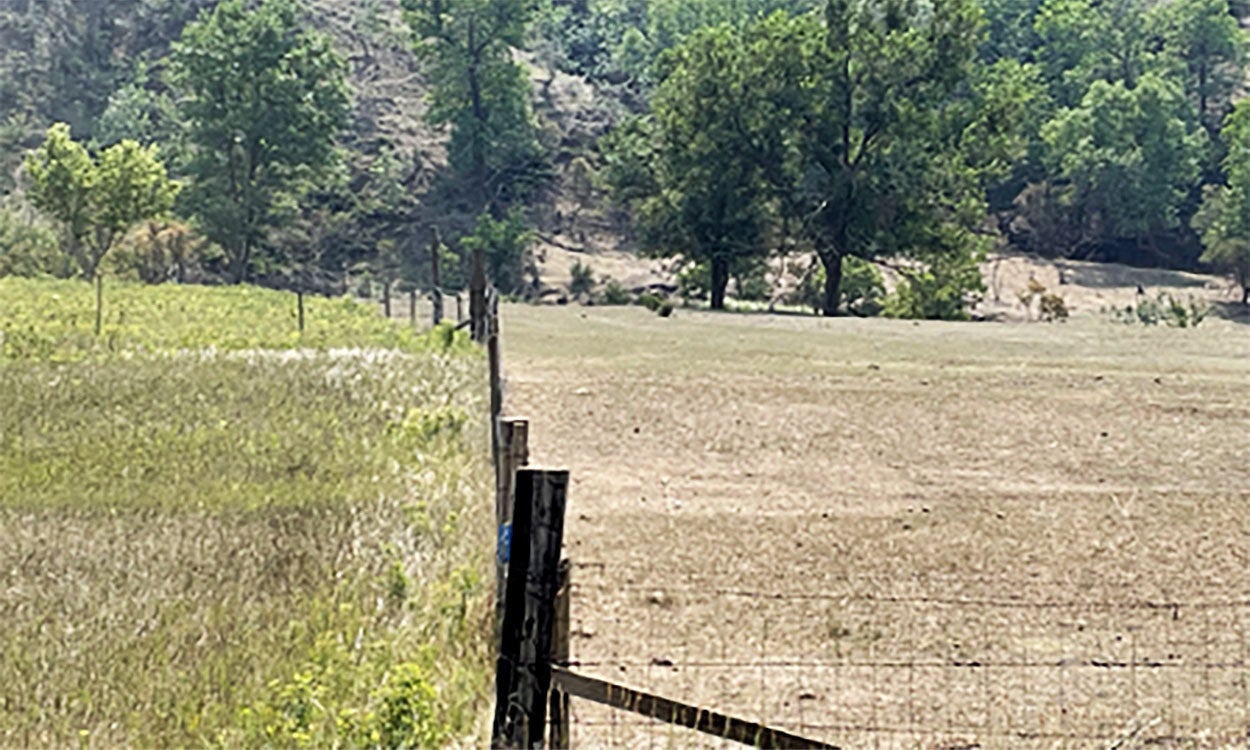
The Lasting Effects of Overgrazing on Rangeland Ecosystems
Overgrazing can cause various detrimental effects on rangeland ecosystems. Most of the effects are seen in the short term, but some are unseen and can be lasting.
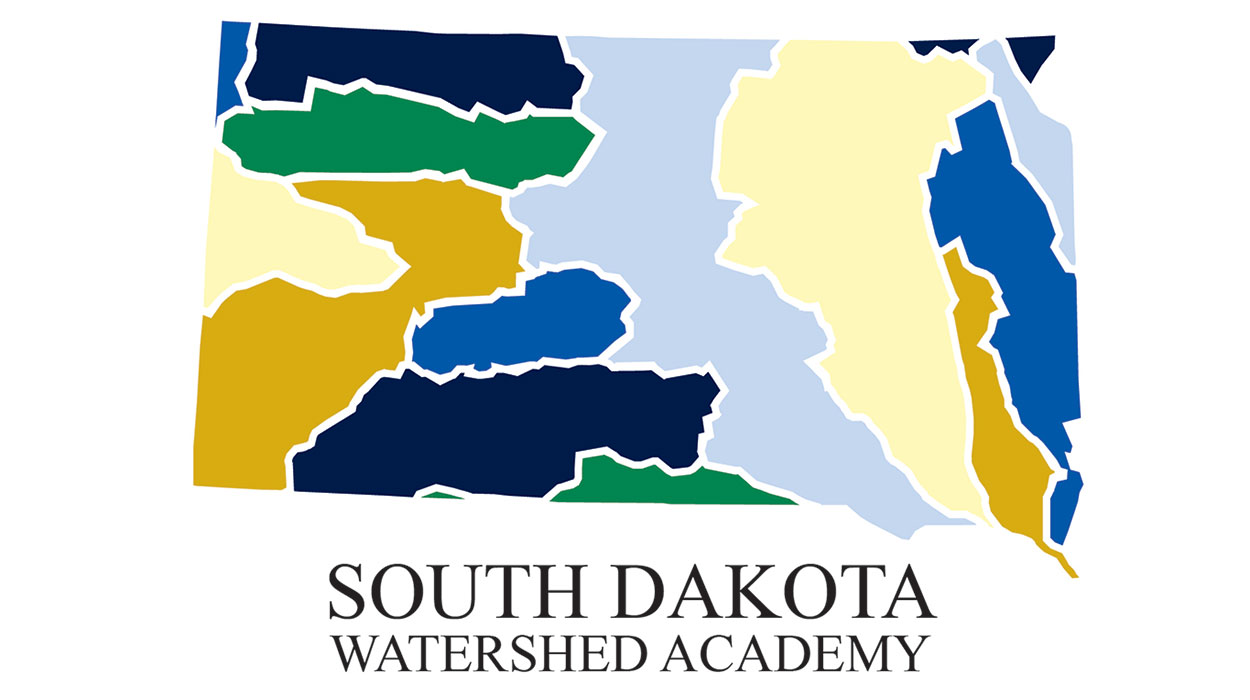
SDSU Extension Hosts First South Dakota Watershed Academy
SDSU Extension recently hosted the South Dakota Watershed Academy at the Oak Lake Field Station. The workshop was designed and organized in consultation with USDA Natural Resources Conservation Service to provide information on water resources regulation and monitoring.
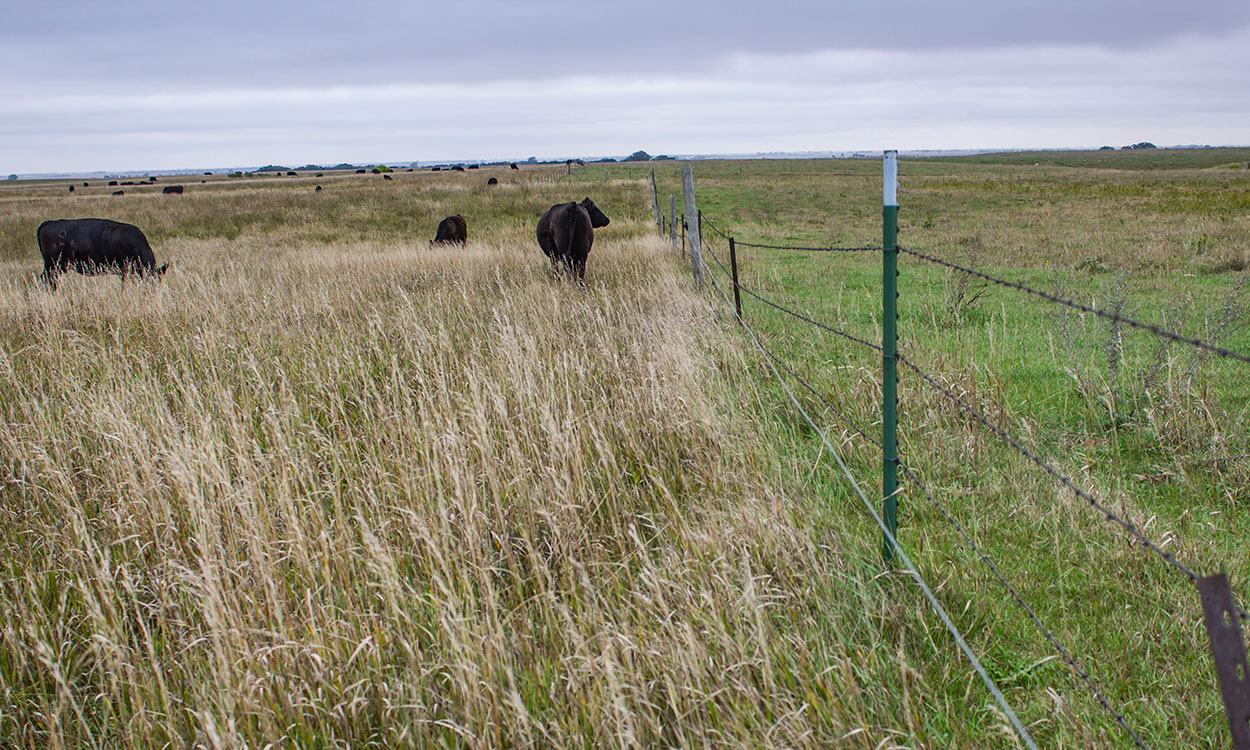
General Principals of Grazing Management
Grazing involves a number of variables, including land carrying capacity, type and distribution of the livestock, water distribution and number of pastures. A combination of proper grazing techniques and grassland management will improve harvest efficiency and lower production costs.
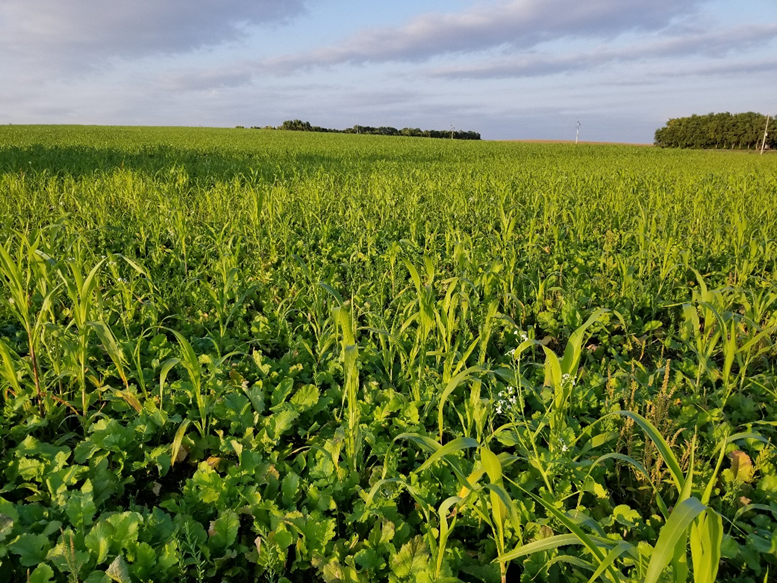
South Dakota Land Use Trends (2012-2017)
Significant education efforts for natural resource conservation have occurred in South Dakota during the last five years. Many stakeholder groups have brought awareness for soil health and water quality to the forefront.
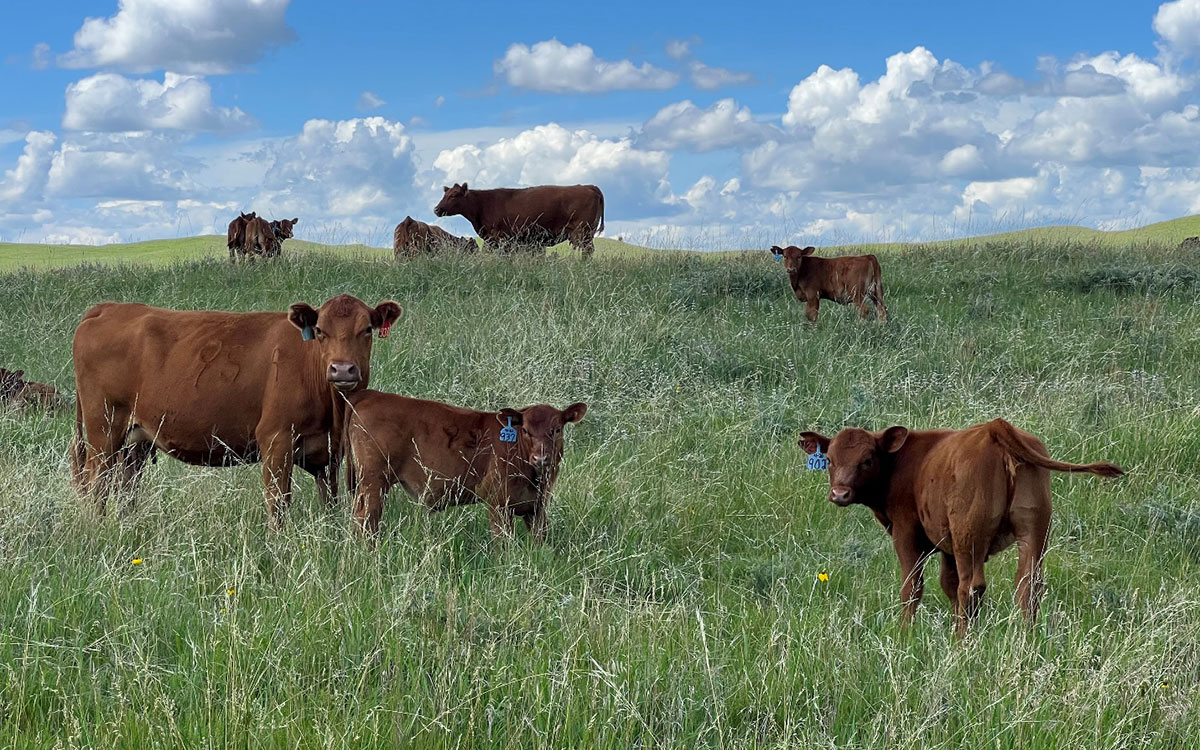
Summer Pasture Report: Discussing Rain, Pasture Recovery, and Preparing for Fall
Drought conditions across northern South Dakota have seen some relief due to the precipitation received in the past few months. Despite some decent rainfall occurring, most of the state is still behind normal for the water year.
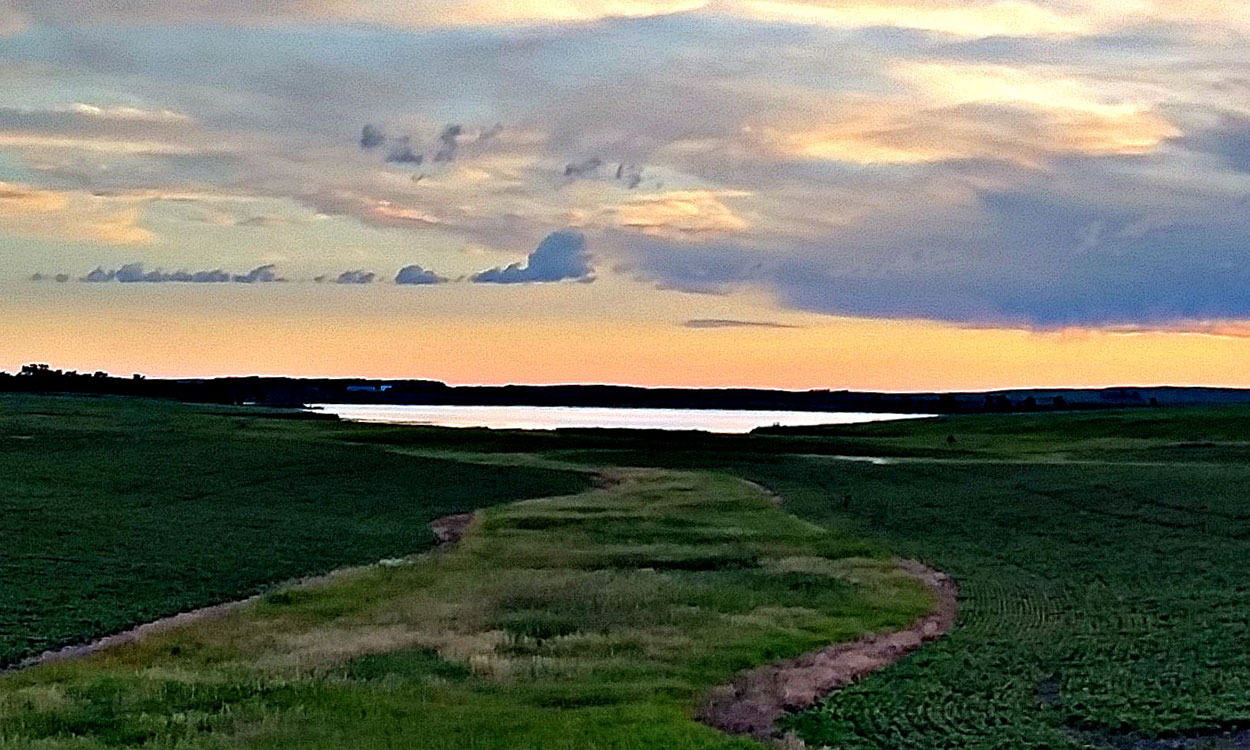
Watershed Disturbances and Change
Watersheds play a critical role in supporting our environment, economy and quality of life. Learn how natural and man-made disturbances can impact their overall health.
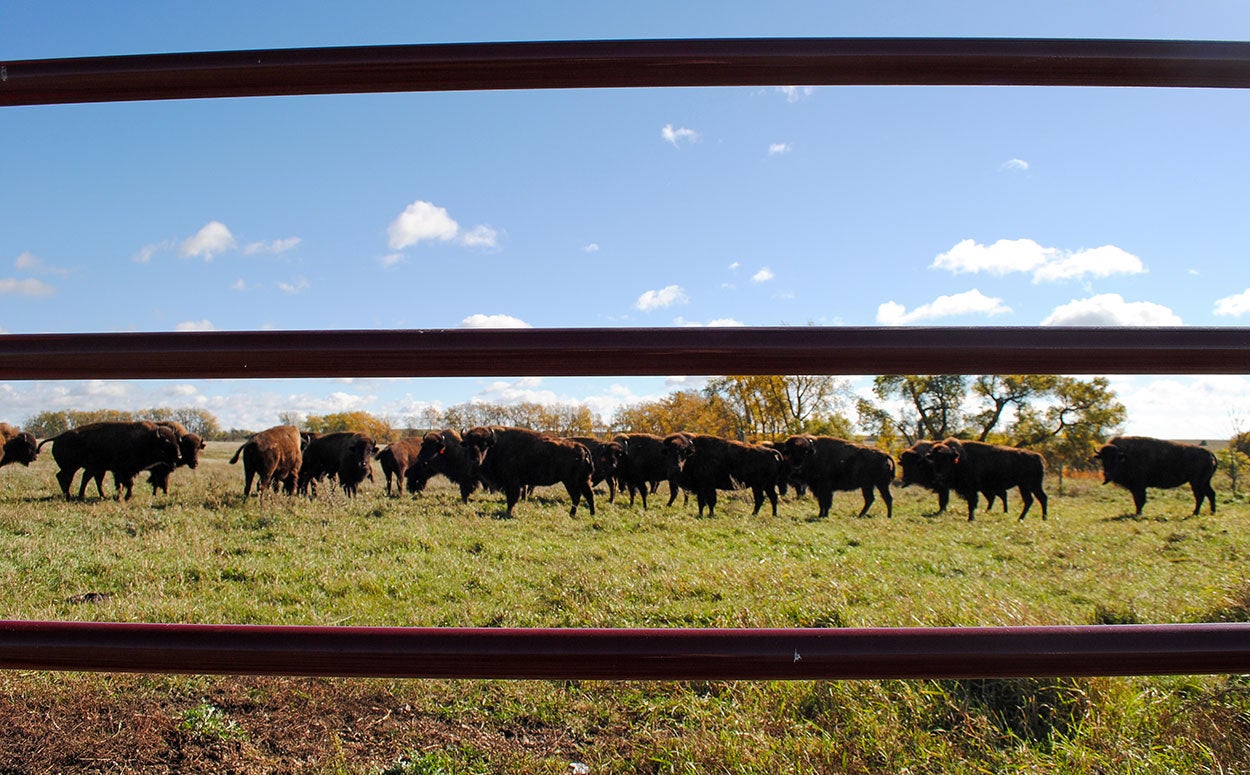
Getting Started With Bison Ranching
While bison ranching has some similarities with cattle ranching, there are significant differences that must be accounted for to ensure long-term sustainability and profitability.
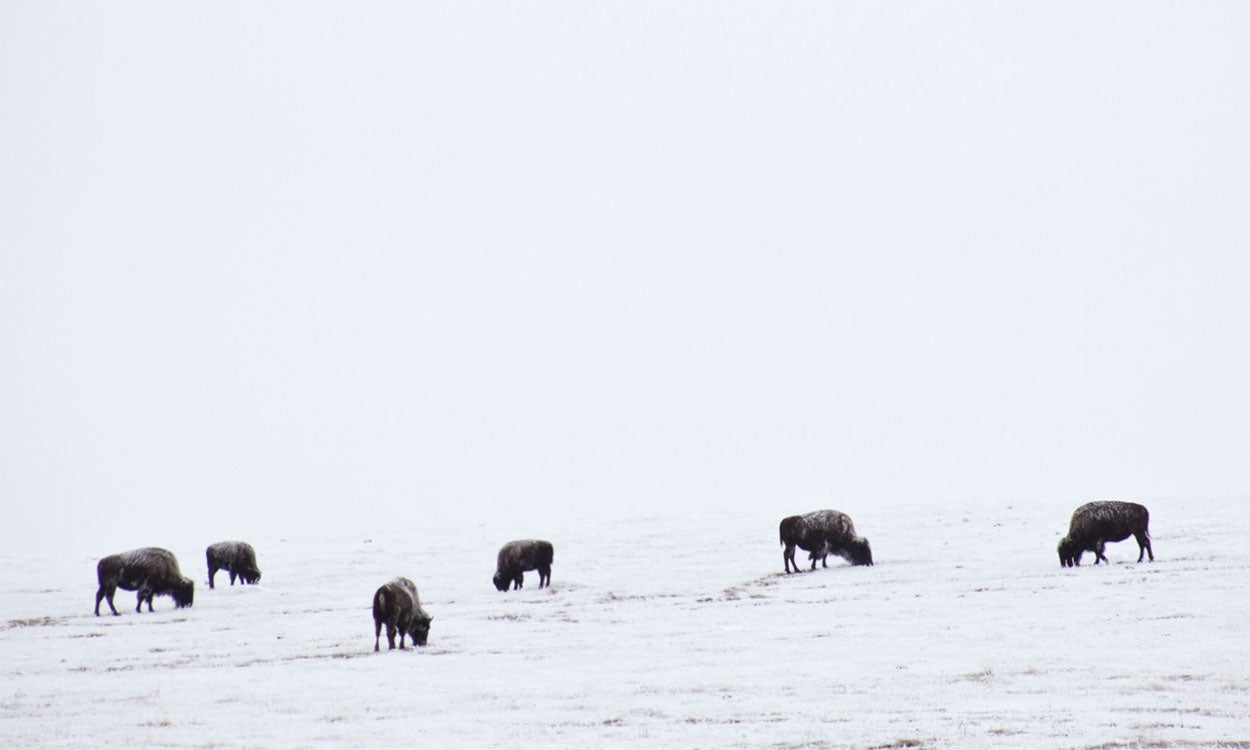
Considerations for Winter Bison Management
Although many tools and techniques developed for cattle management have been adapted for bison, there are some stark differences between the two species that producers should consider when managing bison on winter range.
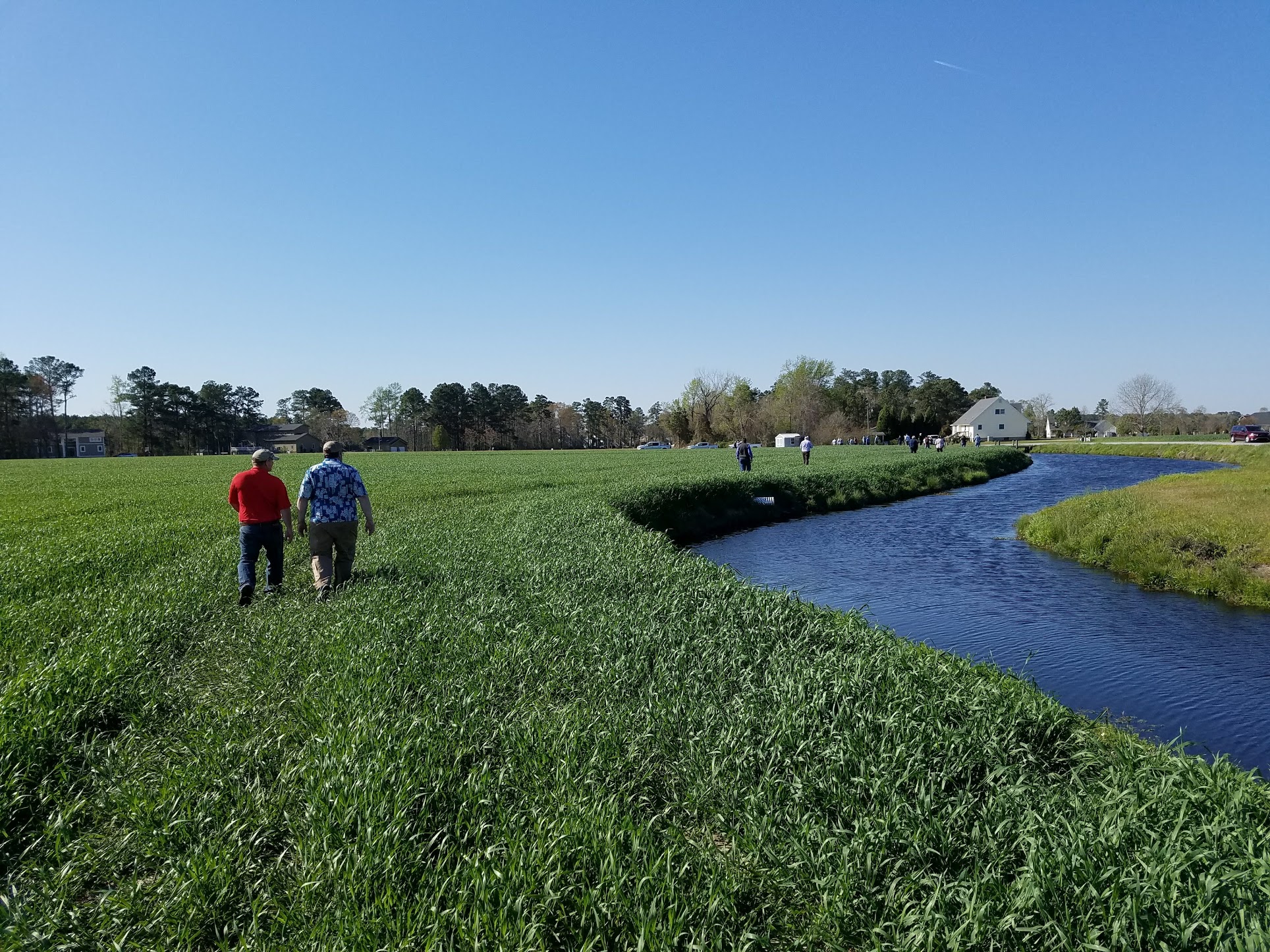
SDSU Extension co-hosting regional water, drainage forum
August 08, 2025
South Dakota State University Extension is pleased to announce the 2025 Tri-State Drainage Research Forum on Sept. 9-10 at McCrory Gardens in Brookings.